Tropical sage
Tropical sage (Salvia coccinea) is a versatile perennial wildflower that no pollinator can resist, but it is particularly attractive to bees, large butterflies and hummingbirds.
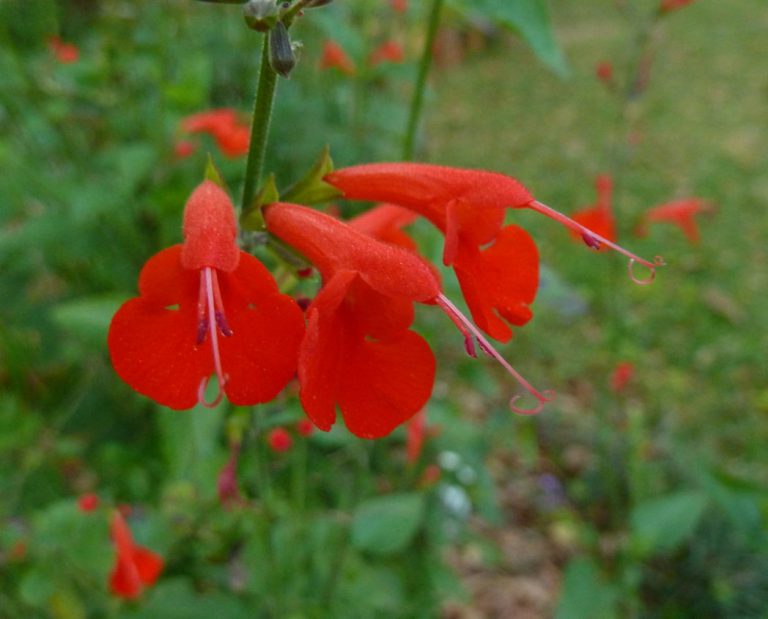
Tropical sage (Salvia coccinea) is a versatile perennial wildflower that no pollinator can resist, but it is particularly attractive to bees, large butterflies and hummingbirds.
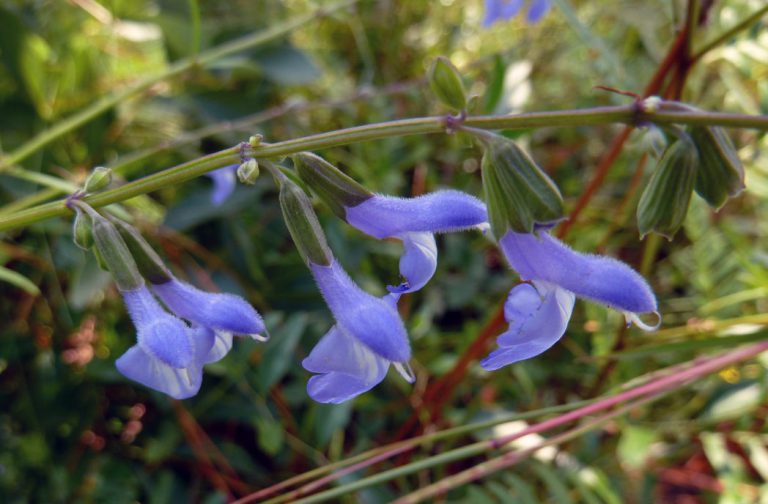
Azure blue sage (Salvia azurea) occurs naturally in flatwoods and sandhills. Its striking cerulean flowers bloom August through November, attracting a variety of bees, butterflies and even hummingbirds.
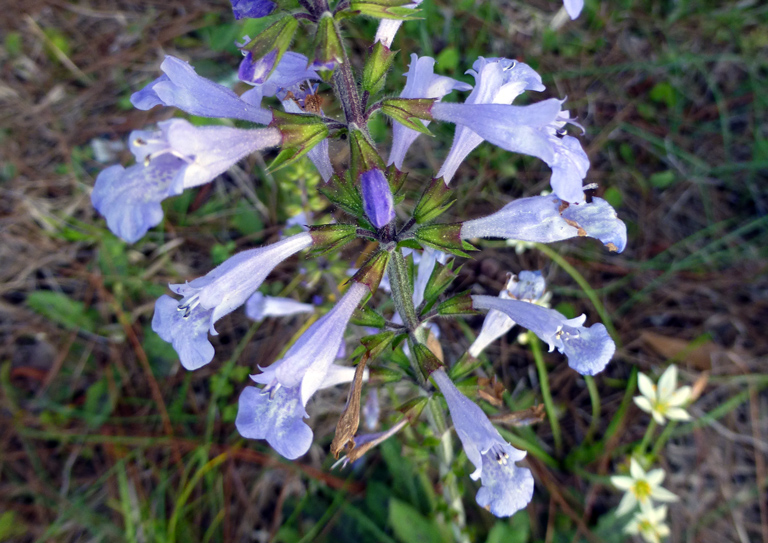
Lyreleaf sage (Salvia lyrata) is an attractive perennial with leafless spikes of tubular, lavender to bluish flowers. Bees are its predominant pollinator, but it also attracts butterflies and hummingbirds.
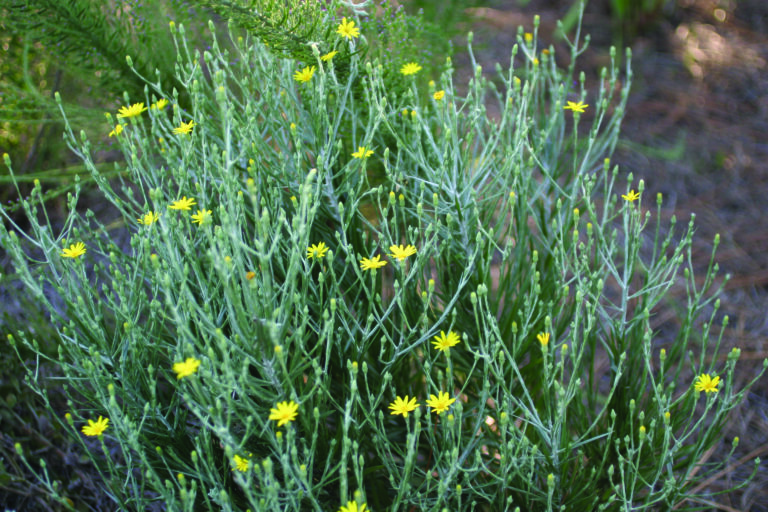
FWF is conducting a study at PEAR Park (Lake County) to gain insight into the establishment, sustainability and performance of Narrowleaf silkgrass (Pityopsis tracyii) and Lyreleaf sage (Salvia lyrata) as groundcover alternatives to Bahiagrass.
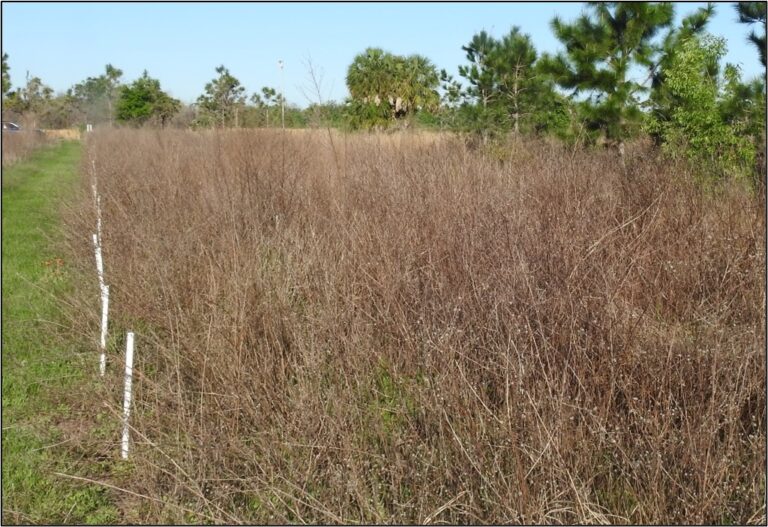
FWF is conducting a study at PEAR Park (Lake County) to gain insight into the establishment, sustainability and performance of Narrowleaf silkgrass (Pityopsis tracyii) and Lyreleaf sage (Salvia lyrata) as groundcover alternatives to Bahiagrass.
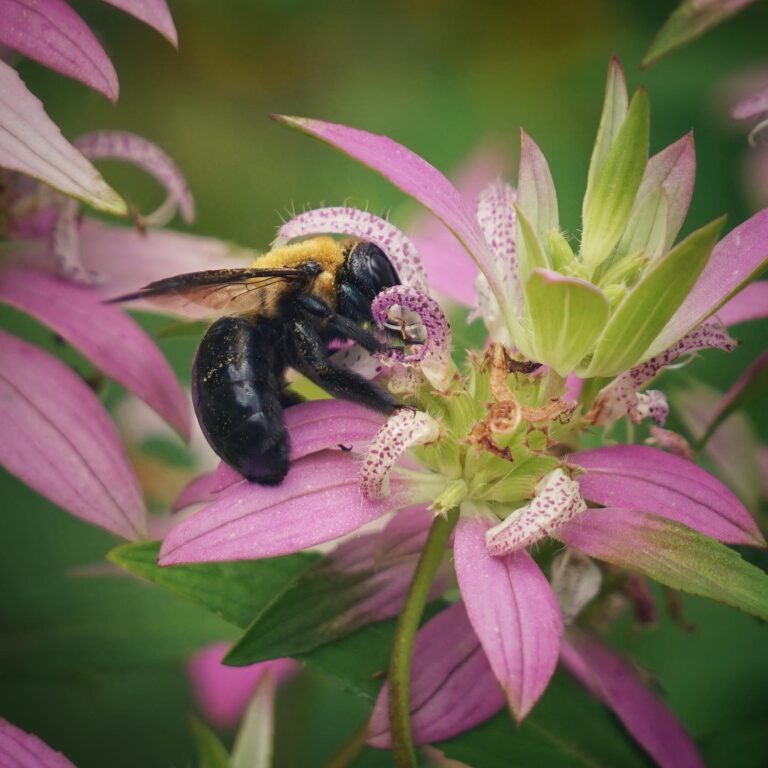
Lamiaceae is a family comprising over 7,100 species worldwide. It features many versatile wildflowers that make excellent additions to home and urban landscapes in Florida, including American beautyberry, Spotted beebalm, and Tropical sage.
Who doesn’t love spring? It puts us in a happy place to see plants bursting forth with new green leaves and a promise of growth. For gardeners, it’s a very busy time as we plan, pull weeds and plant.
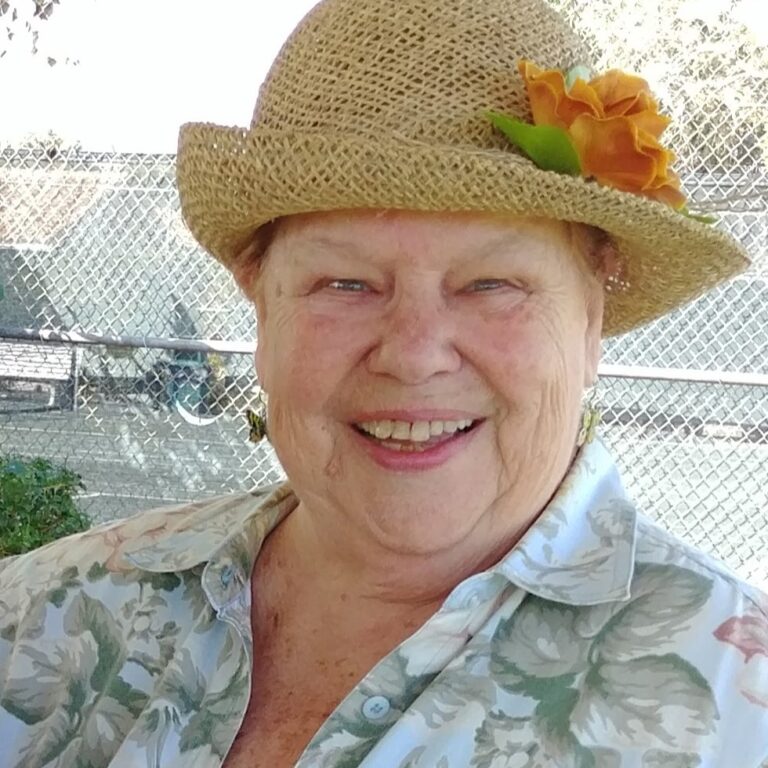
Mona Johnston joined the Florida Wildflower Foundation board in September 2023, bringing with her an extensive knowledge and legacy of conserving South Florida’s native wildflowers.
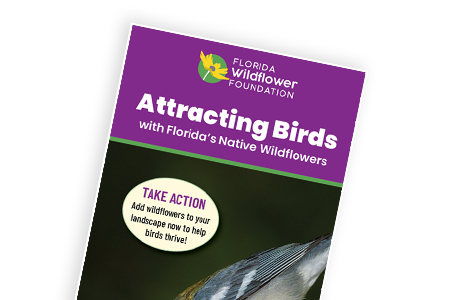
Bring birds into your landscape by planting Florida native wildflowers, grasses and shrubs that provide food and habitat. Learn more now. Versión en español disponible.
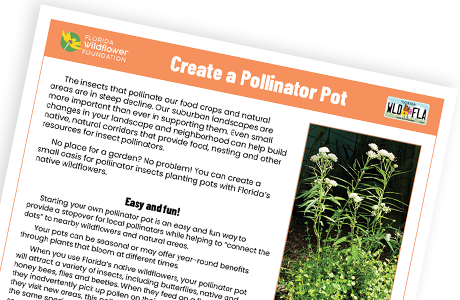
The insects that pollinate our food crops and natural areas are in steep decline. Our suburban landscapes are more important than ever in supporting them. No place for a garden? No problem! Our new video and handout can help you create a small pollinator oasis in a pot! Versión en español disponible.

This bloom report is from spring 2015. In the Apalachicola National Forest, drive County Road 375 (Smith Creek Road) from SR 20 in Leon County to Sopchoppy in Wakulla County to see stately purple lady lupine in sandy soil and a variety of carnivorous plants.
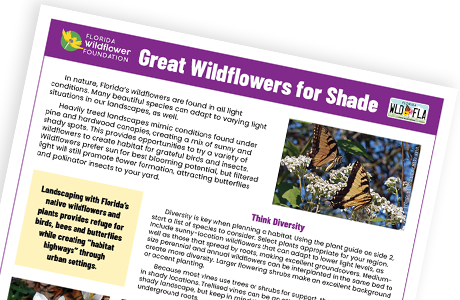
Wondering what native wildflowers and plants to use in a shady landscape? Use our new handout to evaluate your landscape’s light conditions and choose diverse species that will thrive and give your landscape a “real Florida” feel. Versión en español disponible.